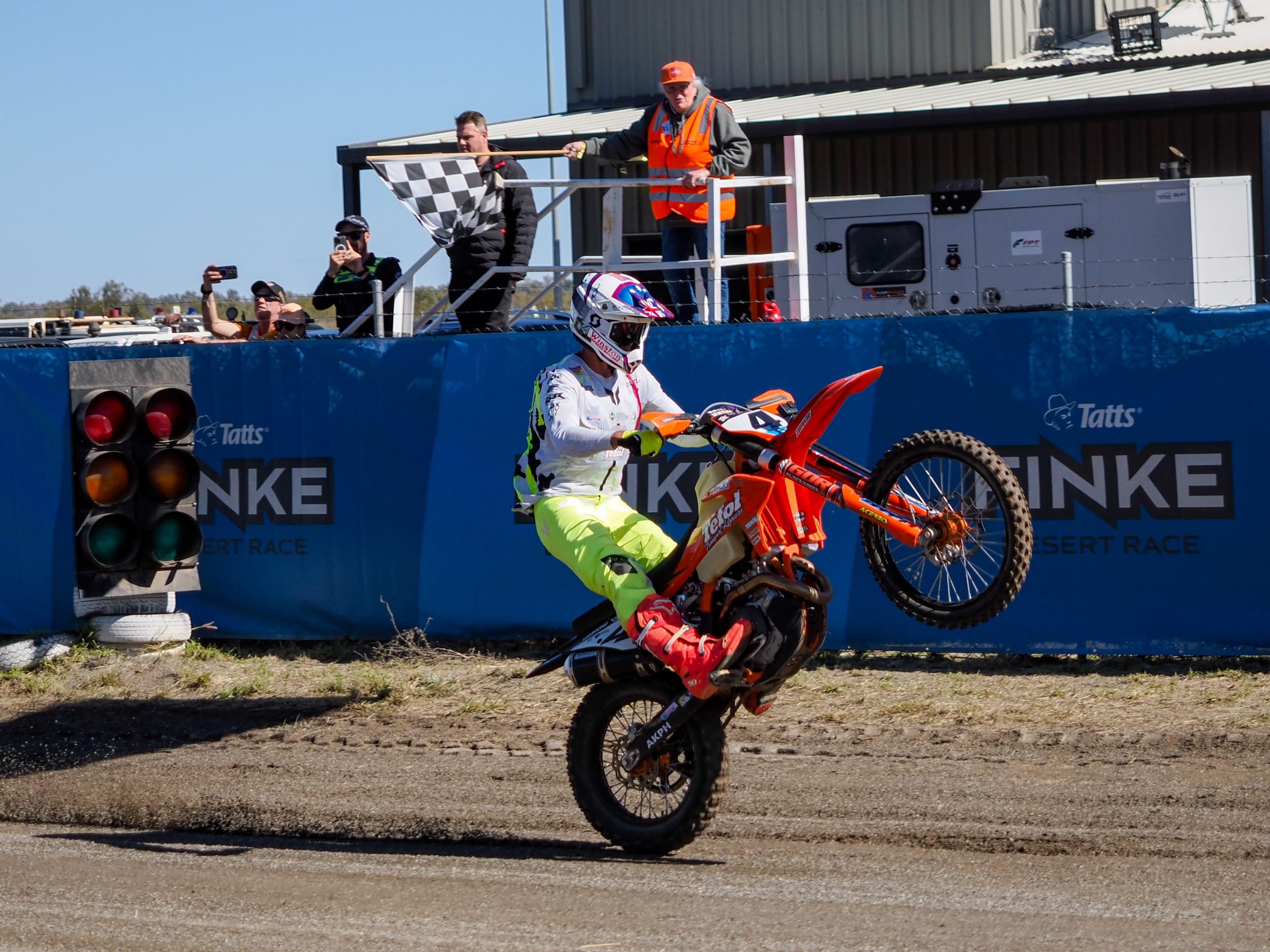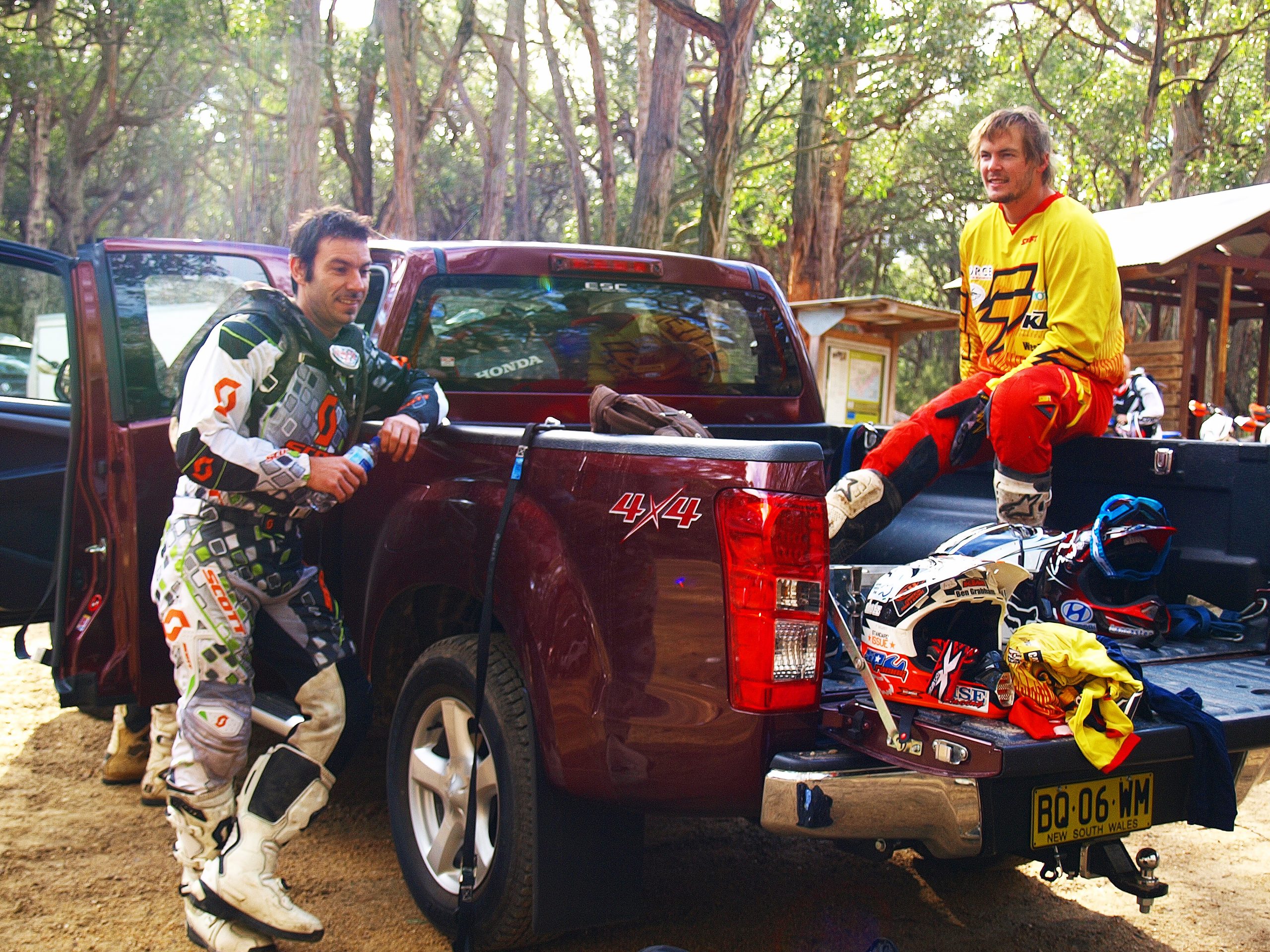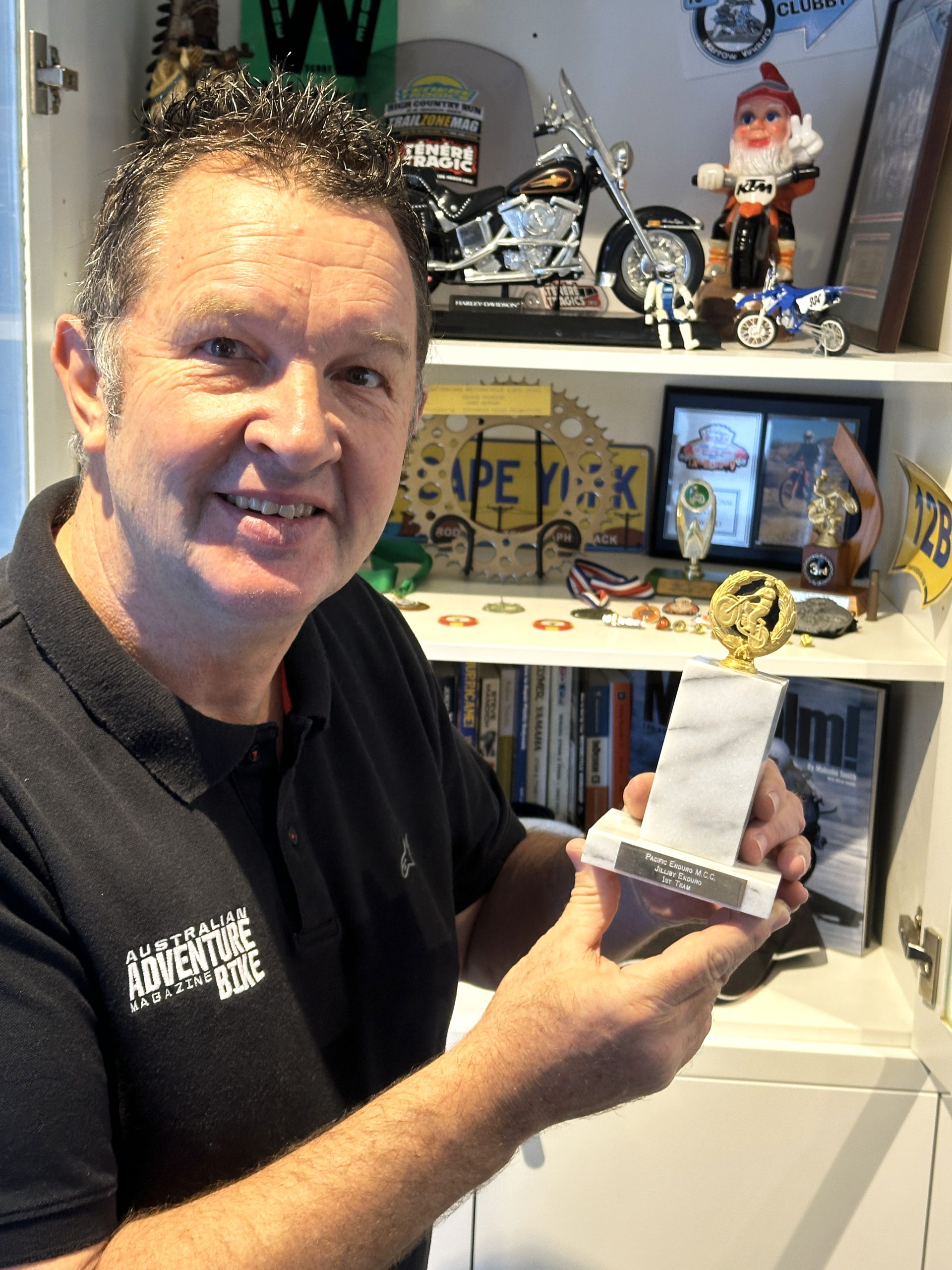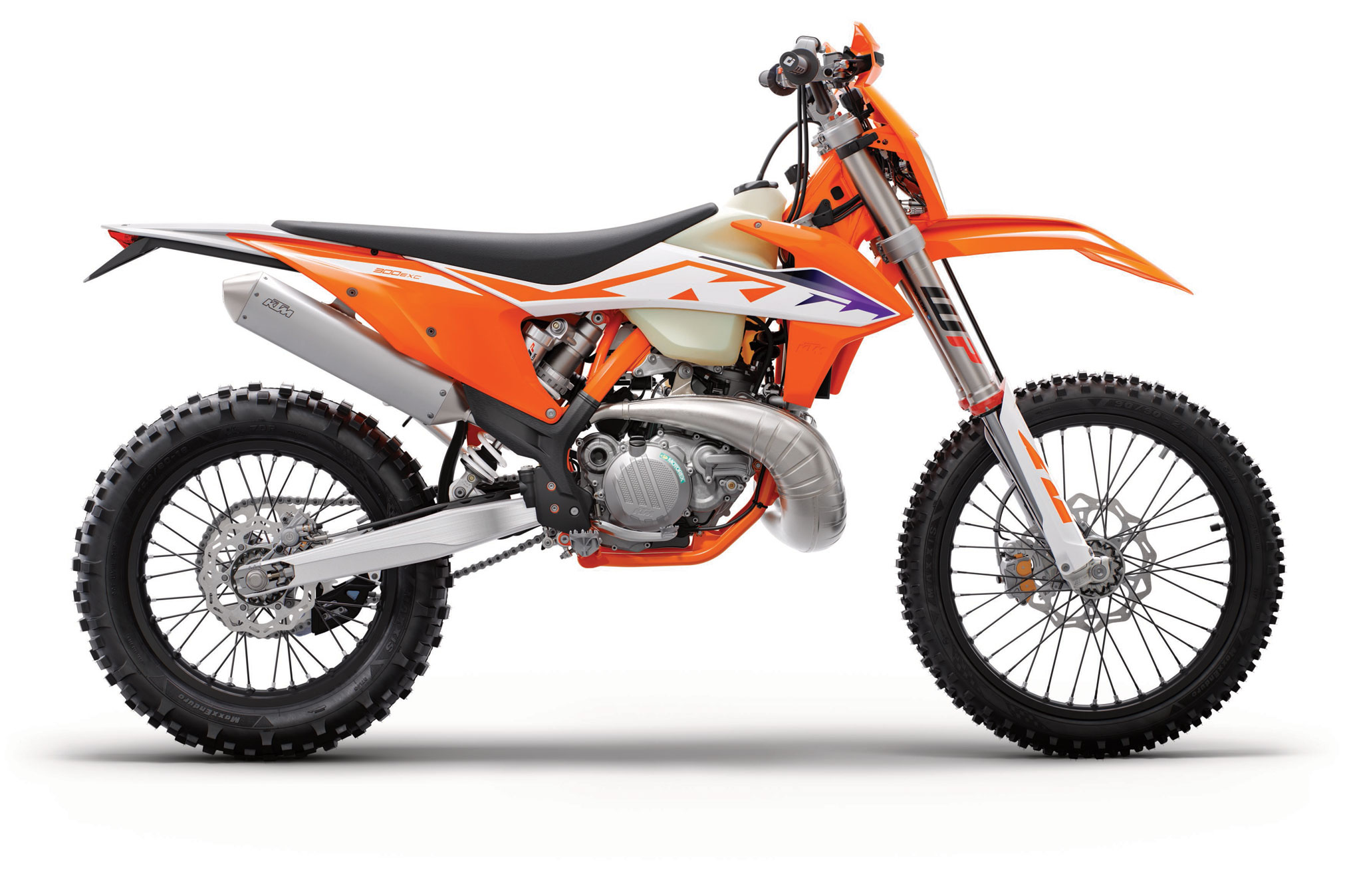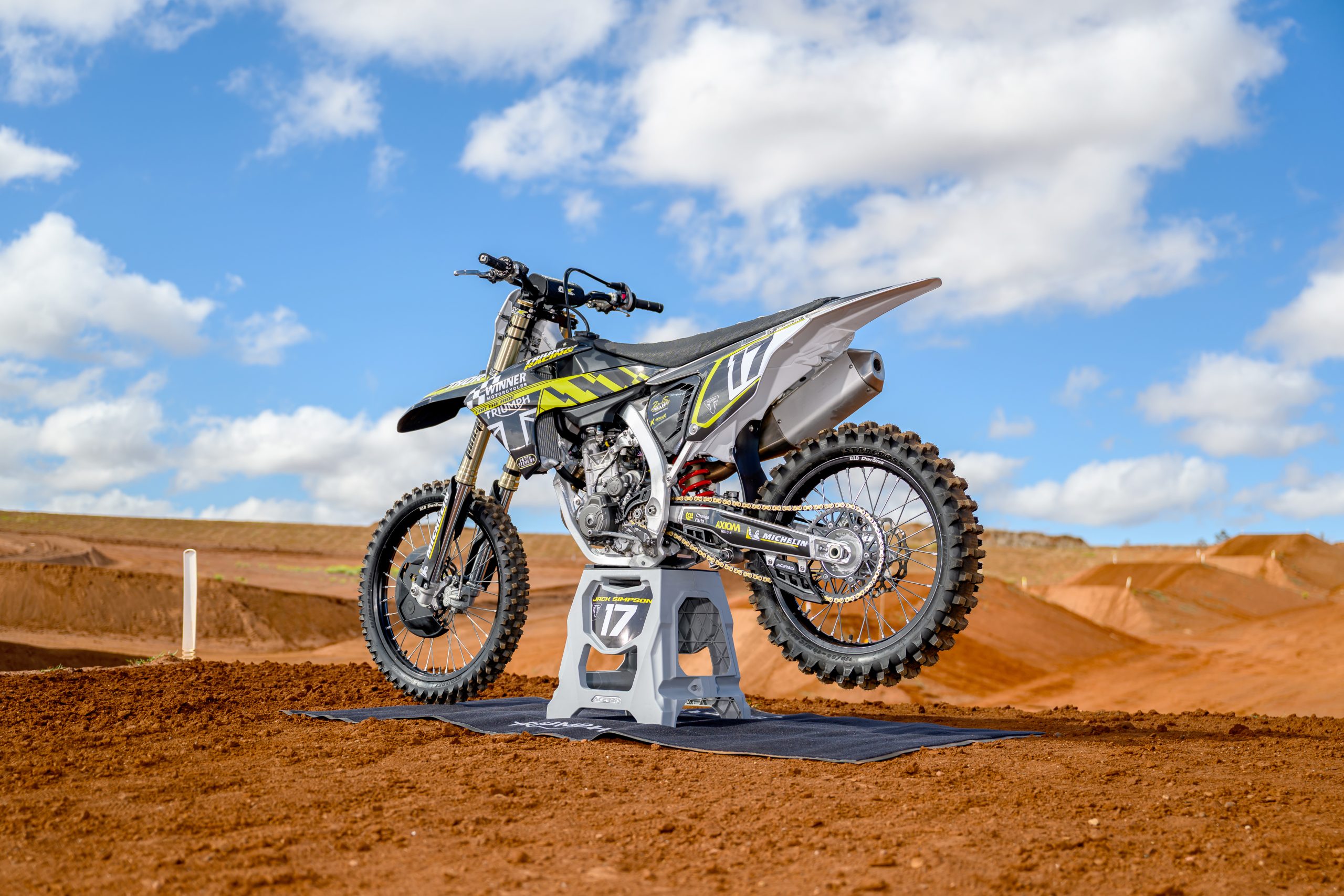Well we here at 45-year-old ADB decided that, after nearly 500 issues, we were in pole position to look back at some memorable bikes. The good and the bad, the bikes we dreamed of but never had, the bikes we had and wished we still did (or still regret buying), the bikes that brought a major advance in development or maybe just the bikes that impressed us enough in their heyday that we can still clearly remember them in our dotage.
We’ll start with the ’70s because that’s when the magazine started and also because it was a time of great change and experimentation. Nobody knew for sure what would or wouldn’t work and many ideas were tried by both the factories and aftermarket accessory manufacturers. Some worked and some didn’t, some lasted and some disappeared and, looking back, that was probably the best thing about some of the ideas … they disappeared.
This wide-ranging “shotgun” approach to development did help, as workable ideas were developed and bad ones scrapped. The result was that, by the ’80s, the shotgun had been replaced with a rifle and all the factories were much more focused and heading in a common direction with model development.
The 1961 defection to Suzuki of MZ factory road racer Ernst Degners, taking the technology developed by Walter Kaaden that became the expansion chamber, was a big help in making two-strokes competitive. One direction everyone agreed on was weight reduction and, in the 1970s, the two-strokes were taking over from the bulky thumpers that had dominated in the 1950s and ’60s.
Purpose-built dirtbikes were becoming easier to get as the Japanese factories fired up. Most dirtbikes available in the 1960s had been expensive, not widely available and/or not very reliable.
It all started with the 1968 Yamaha DT1 Enduro 250 and, despite that word “Enduro” in the name, the DT1 was firmly in the trailbike mould. In fact it was the first trailbike out of Japan and partly responsible for the dirtbike boom that followed.
Honda put the world on two wheels with its “you meet the nicest people on a Honda” advertising but it was Yamaha that introduced those people to the joys of a bike that could be ridden to work through the week and bush bashed on weekends. In 1968 $580 bought you a DT1 and for that you got an air-cooled 250cc two-stroke that sported “Autolube” oil injection, a nine-litre tank, 900mm seat height, a 1360mm wheelbase rolling on 19- and 18-inch wheels and tipped the scales at a svelte 105kg. Early models featured standard piston-port induction but, in 1972, the DT2 added a reed valve to control the inlet charge.
So what bikes do we find the most memorable? Read on and see if you agree. If you don’t we’ll happily discuss it with any of you over a beer and a campfire somewhere, sometime. Your shout, naturally.
DT2MX Yamaha 250
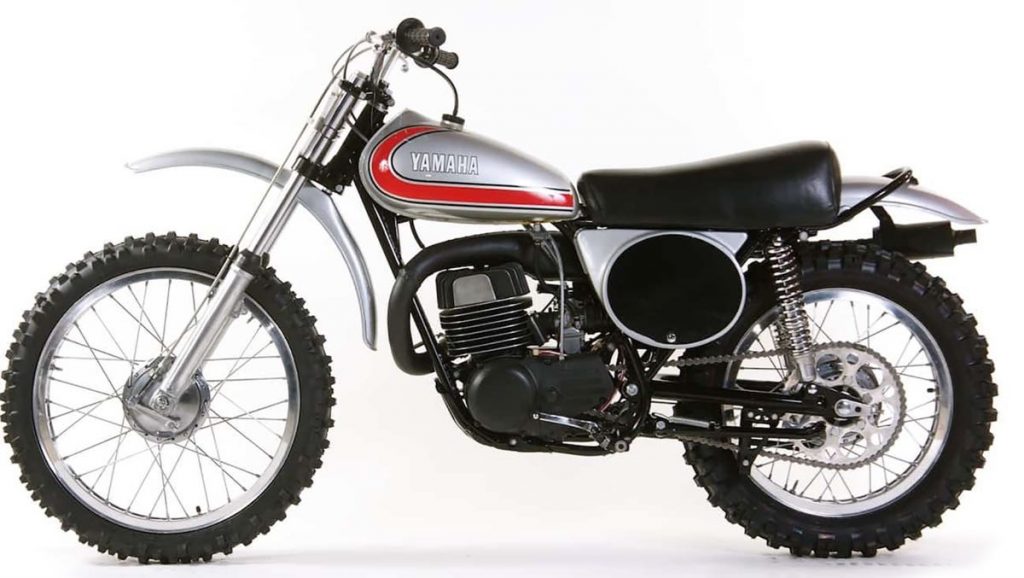
Notable as the first proper production motocrosser, it was available in Australia as early as 1971 for $975. Previous “motocross” bikes were really just kitted trailbikes fitted with a few “factory” parts like a different exhaust. Most people simply made do with a trailbike that they kitted up themselves as the budget allowed. The DT2MX came standard with a reed valve, CDI ignition and Autolube. Many riders removed the latter and ran pre-mix. The 125cc model was the AT2MX and the RT2MX was a 360.
1974.5 Maico
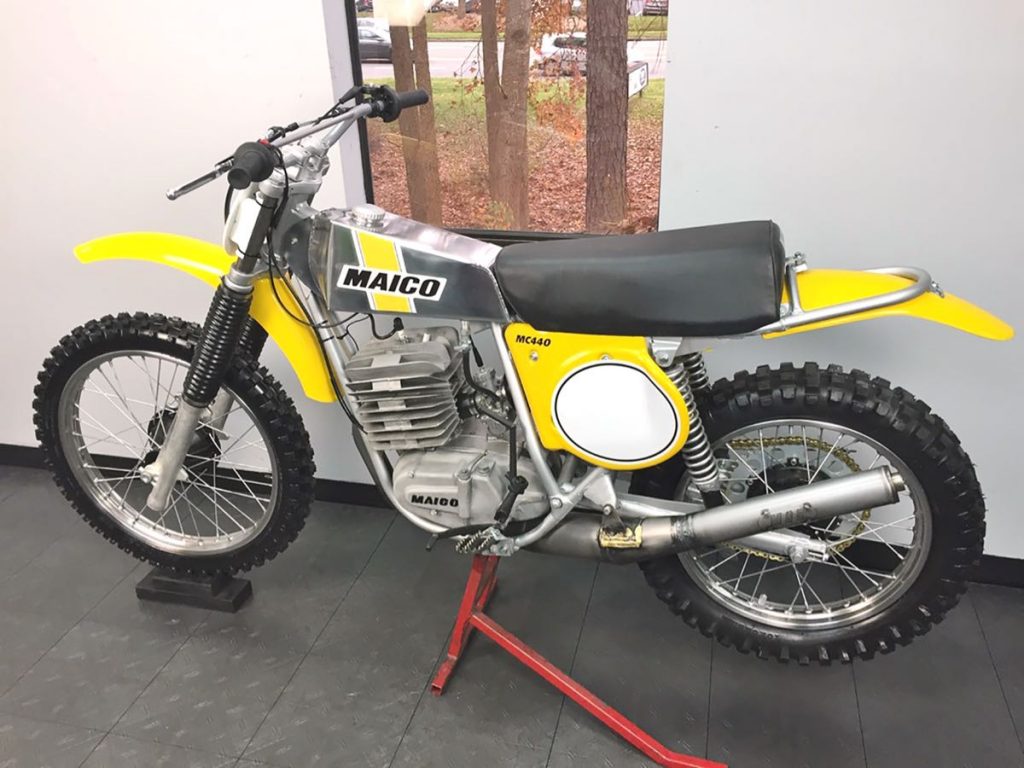
This particular beast springs to mind because it was the one that started the long-travel revolution, and a revolution it truly was. Making a bike fast or powerful was not too hard, but getting that power to the ground on a rough track was the problem.
Wheelspin gets you nowhere. Being a small factory, Maico had a certain production flexibility that allowed quick changes and it was partway through 1974 that the Germans moved the shock absorbers forward to increase rear wheel travel, hence the nickname “seventy four and a half” Maico. They were already competitive, but expensive, machines so the race was soon on between the other factories to produce long-travel designs.
Ossa Phantom 250
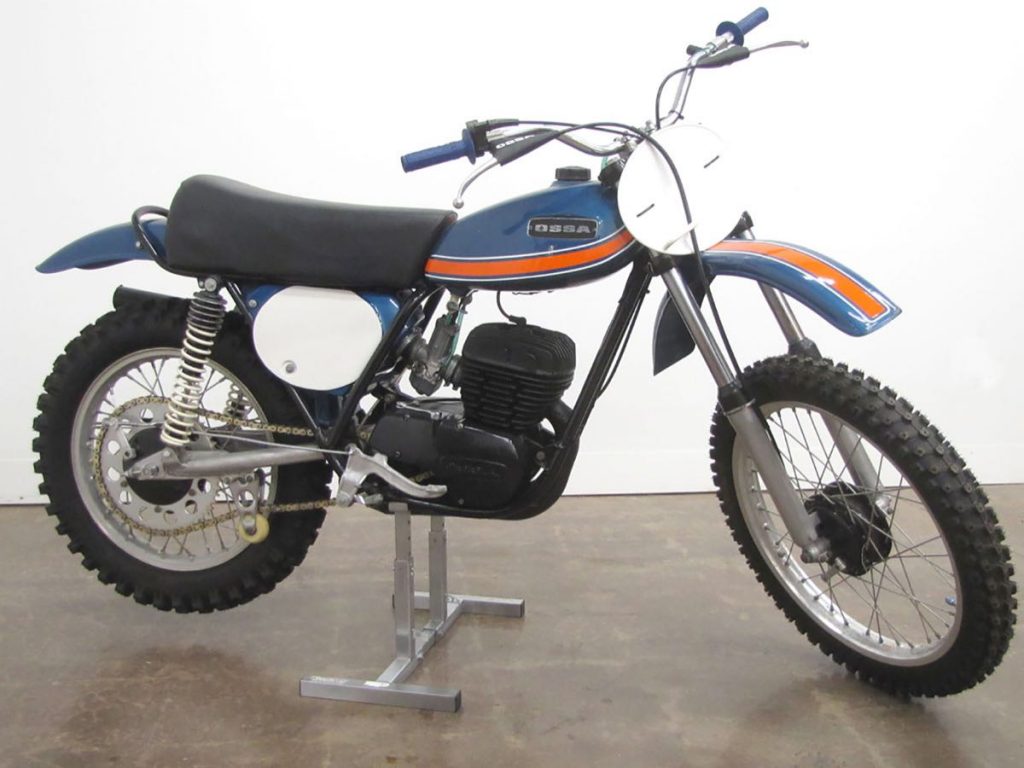
Weight is everything in dirtbikes, less weight means better handling and more speed. Funny thing is that every year we are told that this new version (insert brand and model of choice) has had its weight reduced, yet the overall weight of dirtbikes has remained pretty much the same for many years.
Weight is removed in some places for sure but is added in others. Forks, for example, have got more parts inside as well as being much larger in diameter. Liquid cooling and electric starters add weight too. One of the early targets in the Jenny Craig game was 100kg. The Ossa Phantom with one gallon of fuel weighed in at 96.16kg, according to a Trail and Track magazine test.
The Spanish industry failed to set the world on fire despite producing some fine bikes, and Ossa went the way of Bultaco and Montesa. It’s a shame as the Phantom, as well as being a true lightweight, was one of the best-looking bikes to grace a startline.
1972 Honda CR250M Elsinore

In the late ’60s, Soichiro Honda was quoted as saying: “Honda will never build a two-stroke motorcycle”. The company had made its name with four-strokes and legend has it that “Mr Thunder” hated two-strokes with a passion. Fortunately for many of us, a group of young engineers at Honda had a secret smoker project and, when it was finally revealed to the boss, he allegedly approved it with the proviso “it better be the best two-stroke in the world”.
With this reluctant blessing the whole of Honda got behind the project, with the CR250 debuting in 1972 quickly followed by the CR125. After a few races the wins started coming and the green light was given for production. The public first got a chance to buy the 250 in 1973 and the 125 in 1974. The name Elsinore was taken from a race in the US that featured strongly in the 1971 movie On Any Sunday and was itself a catalyst for the ’70s dirtbike boom.
The stylish-looking Elsinore was an instant hit with buyers worldwide and in Australia they were soon the dominant bike on start lines all over the country. The Elsinore was the right bike at the right time and the right price. It was not without its faults, a season of hard use could produce gearbox problems, for example, but as an all-around package it was ahead of all the others.
1975 Suzuki RM125/250A
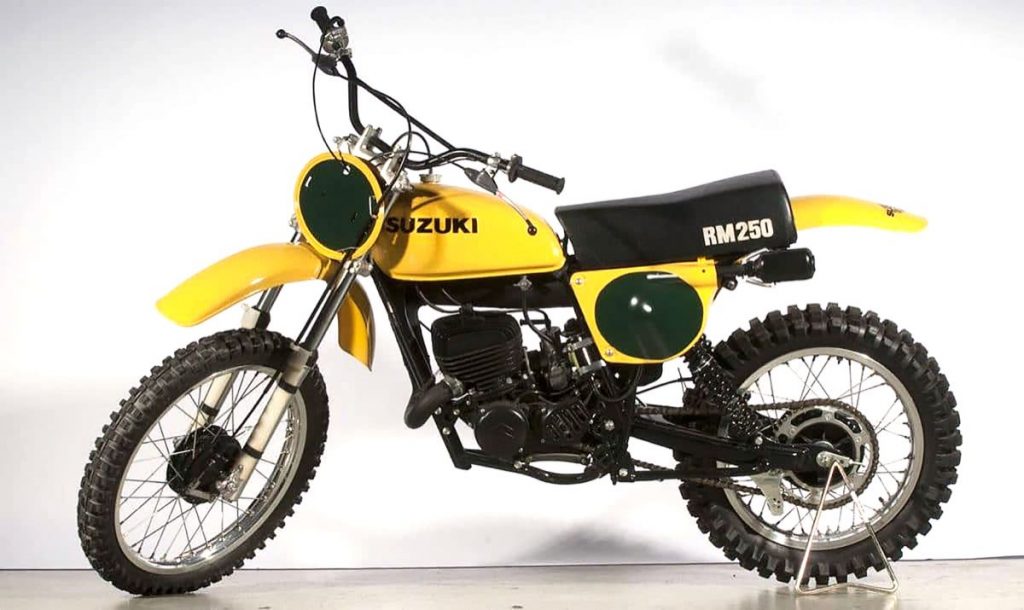
While many look back with fond memories if they owned a TM Suzuki, the big leap for the bikes from Hamamatsu was the RM series. The RM was Suzuki’s leap into the world of long travel pioneered by Maico and it went with 45-degree angled gas/oil shocks mounted upside down. This gave 214mm of travel to go with the 220mm at the pointy end and a very neat looking package it presented.
An ad running in US Dirt Bike magazine had a quotation from an impressed rider stating “what it feels like is a spring all wound up ready to be jiggled. So I jiggled it. Waaaaaaaaaaaeeeeeeee!” Combined with improved ports that were so wide that they required two bridges and Suzuki’s crankcase reed induction, the RM was a big leap forward and so were the B models.
CCM

In the early days of my interest in dirtbikes, I went to Amaroo Park to watch my first race, a round of the Mister Motocross Series and, in among the screaming two-strokes, was one booming thumper.
It was Lester Rowley on his CCM, which stood for Clews Competition Machine. CCMs were built in England and owed their existence to Alan Clews who, when BSA announced the closure of its competition department in 1971, bought a dozen frames and other parts for 750 pounds sterling.
He built the bikes for sale while keeping one for himself and CCM grew to carry the thumper flag in MX for the remainder of the century – until the Yamaha YZ400F came along in 1997. Suspension was improved, electronic ignition added and, with Vic Eastwood riding a CCM in the US Trans Am Series, interest was fired.
1975 Yamaha YZ250B
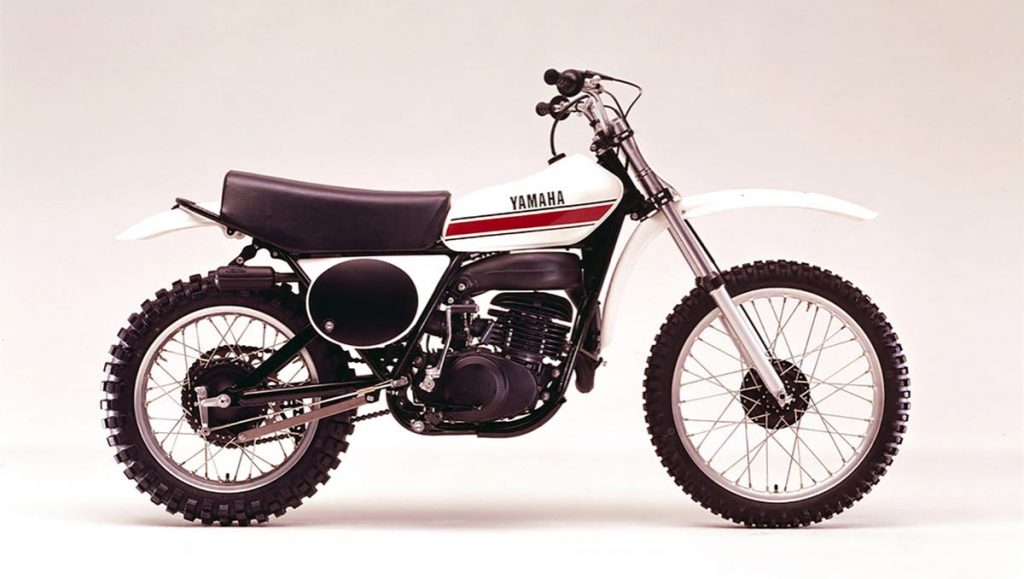
Yamaha entered the long-travel race from an entirely different direction with its Monocross system, often mistakenly called “cantilever” here in Australia. The design was the brainchild of Belgian inventor Lucien Tilkins and, after proving its worth on Hakan Andersson’s 250cc title-winner in 1973, got further development to emerge for the buying public in 1975.
The racing prototypes puzzled spectators as they seemed to have no rear suspension, with the shock hidden in the frame backbone and pivoting near the steering head. This did put weight up a little high so riders had to adapt, but the design worked.
Yamaha IT400C/Suzuki PE250B

With the Japanese going from one success to another in the motocross market it was only a matter of time before they moved into the enduro field, where the European factories still stood strong.
Yamaha entered the battle with the IT400C in 1976, closely followed by Suzuki with the PE250B, based on its RM-B. Before these two bikes, those of us who chose to ride the manly sport of enduro had to have a friendly bank manager to afford a European mount as well as a good degree of mechanical ability and free time to keep said machinery in a mobile condition. The IT400C was a proper factory-built enduro bike that was ready to go, straight off the showroom floor. After Suzuki released the PE250B, enduro fields soon became a sea of blue and yellow.
Husqvarna Automatic

As mentioned in the intro, designers were shooting off in all directions looking for the right route in the 1970s and Husqvarna explored the automatic gearbox concept, an idea it took to the market in 1976 and persevered with until 1988. The idea came from the terms of a Swedish Army tender which required a motorcycle that was easy for non-motorcycling troops to operate. Husqvarna didn’t win that tender but became the army’s supplier with auto bikes in later years.
To cover the development costs it was decided to offer the Auto for general consumption and, despite having limited appeal, it sold well enough to inspire further development. The four-speed gearbox did need more maintenance on its clutch packs than a manual one but improvements came with time, and the last model produced was a three-speed. The Auto began life as a 360 and finished as a 430, having also gained liquid cooling, a front disc and monoshock suspension.
Honda XL250 Motosport
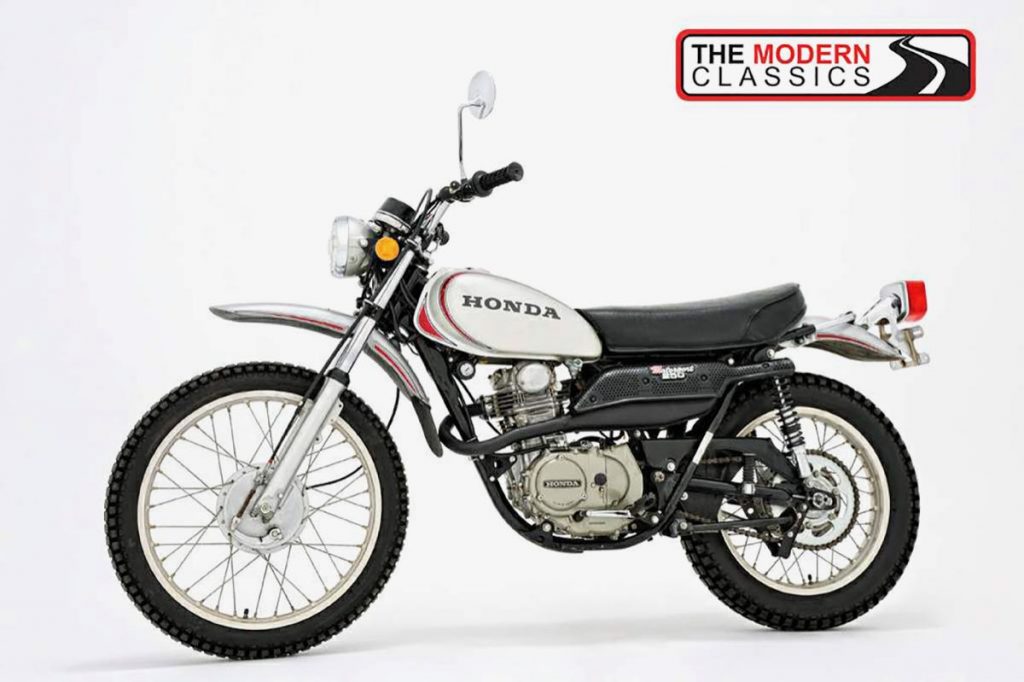
Released in 1972 as Honda’s answer to the growing demand for trailbikes, the Motosport was an instantly recognisable bike due to its silver paint with contrasting maroon stripe on the tank. The SOHC, four-valve engine put out reasonable power by the standards of the day but, as the competing brands were all producing “light” two-strokes, the XL was sometimes referred to as the “lead sled”.
Despite that barbs, the bike sold well and was soon the target of many accessory companies. Honda also went the two-stroke route briefly off the back of the successful Elsinore program with MT trailbikes and MR enduros but ultimately stuck with its four-stroke roots.
1976 (And A Half) Yamaha YZ125X
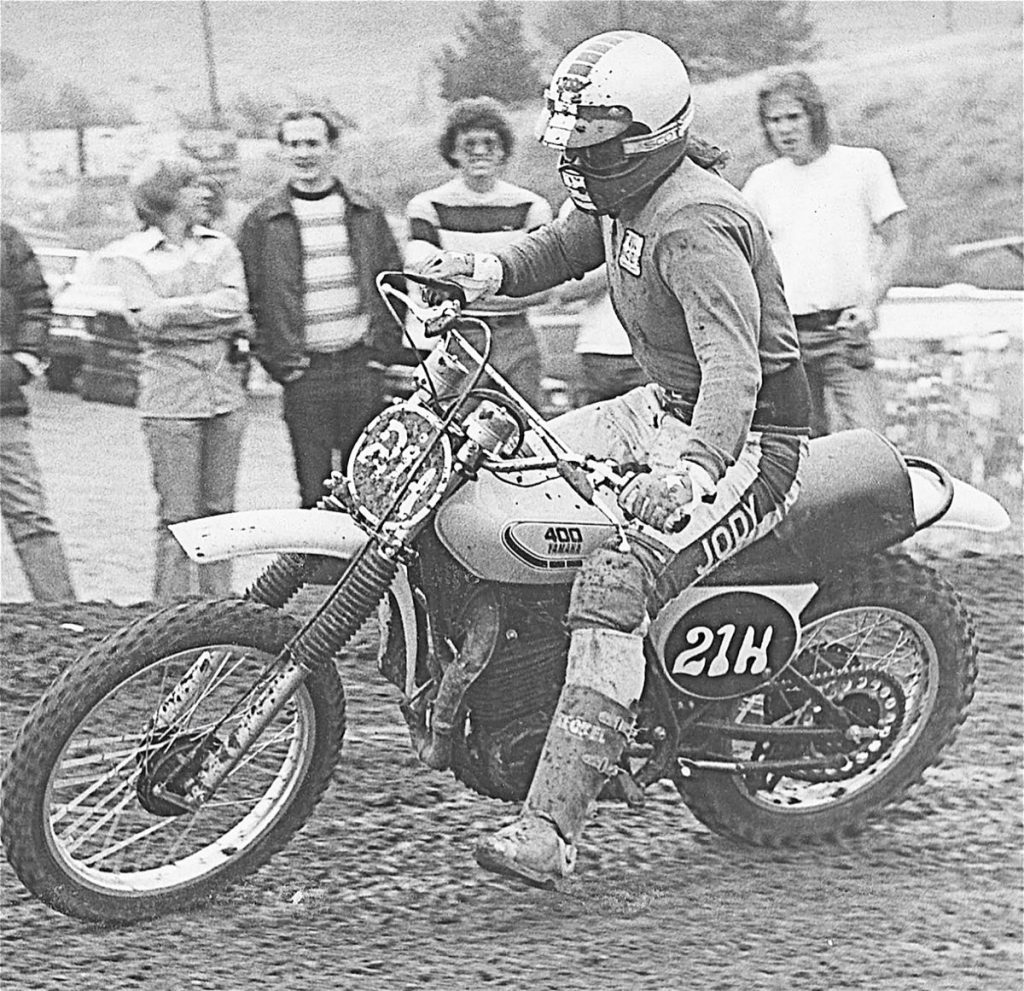
Yamaha, like Maico, had a “half” version with its air-forked 125X. It was nicknamed the “speedo/tacho” model due to the high-pressure air canisters on top of the fork legs. The legs themselves were low-pressure chambers with the high-pressure chambers to top, separated by a floating piston. The air pressure in the lower chamber was to hold the fork at the proper ride height (travel would stiffen as the air was compressed).
As the fork moved through its stroke, the air pressure in the legs pushed the floating pistons upward against the higher pressure inside the canister, increasing volume. The goal was to have plush forks for small- to mid-sized bumps and additional bottoming resistance but the valving was atrocious and they tended to top out on rebound.
The market wasn’t quite ready to trust a front-end with no coil springs either, and a common question was “what happens if it springs a leak?” Yamaha returned to conventional forks for 1977 but that wasn’t the end of the matter, with Husqvarna and KTM persisting with WP air forks at the moment after another recent mass withdrawal by Japan.
WORDS // WARREN JACK || PHOTOS // HUSQVARNA, ADB ARCHIVES

